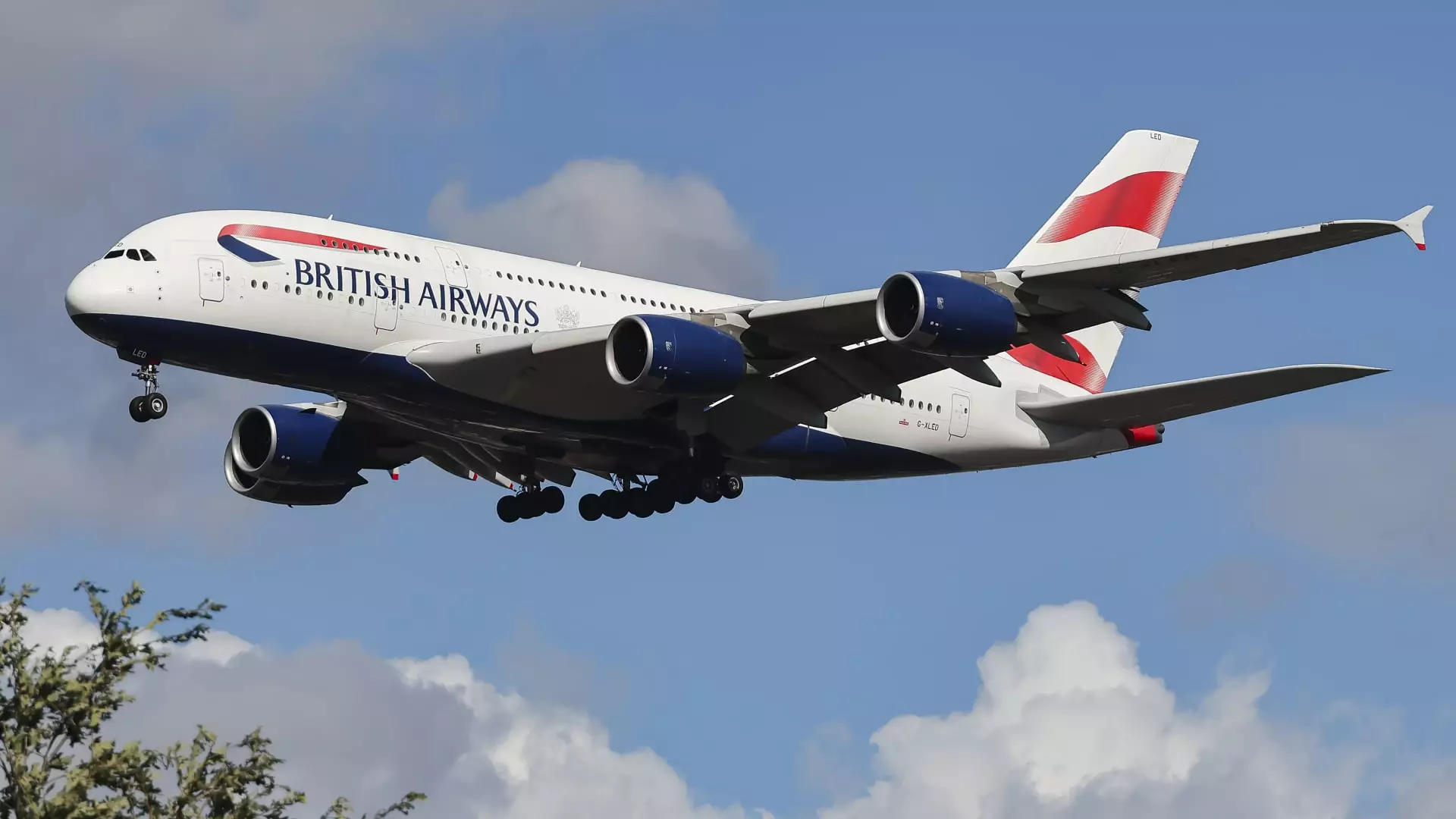In recent months, a significant trend has emerged within the global aviation industry: major airlines are noticeably reducing their services to and from China, with some withdrawing entirely from the market. This is largely a response to the tumultuous geopolitical climate, particularly following Russia’s invasion of Ukraine, which has resulted in increased operational costs and waning demand for air travel. Notable airlines such as Virgin Atlantic and Scandinavian Airlines have abandoned their routes into China, citing the pressures of soaring operational expenses alongside a steep decline in traveler interest.
The closure of Russian airspace to Western airlines serves as a pivotal factor in this ongoing exodus. As European and American carriers reroute their flights to Asia, they find themselves traversing longer and more expensive paths, ultimately resulting in higher ticket prices for consumers. Notably, while these Western airlines grapple with these operational hurdles, Chinese carriers remain unaffected by the Russian airspace restrictions, allowing them to fly more directly to Europe and other destinations. John Grant, chief analyst at the aviation intelligence firm OAG, emphasizes that the repercussions from these geopolitical developments are likely to escalate before they improve.
Airlines have increasingly reconfigured their strategies in response to these operational challenges. British Airlines, for example, has systematically downgraded the aircraft it deploys on routes to China, moving from larger Boeing 747s to smaller B777s and even the B787 model. This strategic diminishment of capacity allows airlines to maintain a presence on the route maps while carefully managing costs. It reflects a broader trend wherein airlines are repositioning their fleets toward more lucrative destinations, demonstrating a pragmatic approach to an increasingly complicated industry landscape.
The Impact of Demand on Air Travel
The issue of demand provides another layer of complexity to airlines’ decision-making processes. With China currently facing economic difficulties, outbound travel has plummeted; simultaneously, international interest in visiting China remains tepid. In stark contrast to pre-pandemic levels, when China welcomed nearly 49 million travelers in 2019, the number of foreign arrivals has dwindled to just over 17 million as of mid-2023. This divergence in recovery trajectories reveals a daunting challenge for airlines attempting to restore their operations in one of the world’s largest markets.
Examining individual airlines’ responses further illustrates this aviation trend. Qantas, for instance, chose to cancel its Sydney-Shanghai flights due to persistently low demand, even as it continues to service other Chinese cities like Hong Kong. Similarly, U.S. airlines, while not as heavily impacted by the airspace issues, are making difficult yet commercially driven choices to withdraw from the Chinese market as well. Grant suggests that these U.S. carriers are playing a complex risk-management game, maintaining minimal exposure while preparing to reposition themselves should Chinese demand rebound in the future.
Meanwhile, domestic Chinese airlines face a lengthy recovery from their financial struggles. Despite predictions that the Chinese aviation sector will eventually stabilize, current statistics reveal a troubling reality: leading airlines in China incurred significant losses in 2022, far exceeding those faced by their global counterparts. According to Grant, as Chinese airlines gear up to strengthen routes to Europe — which may include as many as 18 new routes by this winter — they do so amid a dire need for cash and a desire to project an image of returning to “normal” operations.
As the aviation sector reassesses its strategies in response to these challenges, it is evident that the interplay between geopolitical tensions, operational obstacles, and fluctuating demand is reshaping the industry landscape. With leading airlines pulling back from China and redirecting their resources to other more profitable regions in Asia and beyond, the future of air travel in and out of China remains uncertain. Observers will need to watch closely as both Western and Chinese airlines adapt to this rapidly changing environment, balancing their aspirations for recovery against the backdrop of newfound economic realities.

Leave a Reply